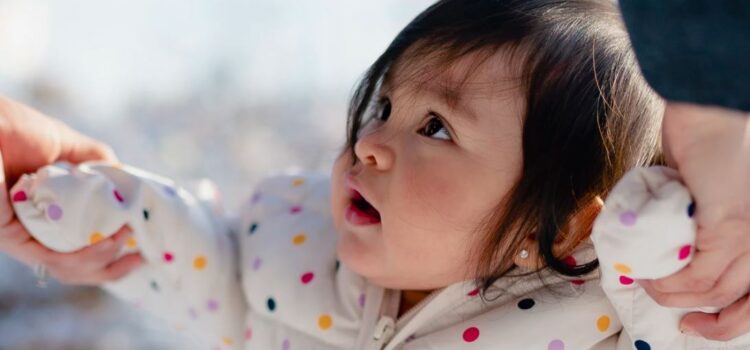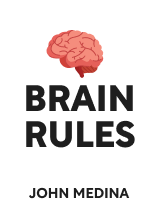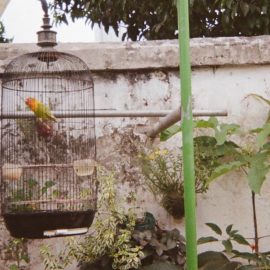

This article is an excerpt from the Shortform book guide to "Brain Rules" by John Medina. Shortform has the world's best summaries and analyses of books you should be reading.
Like this article? Sign up for a free trial here .
Why are babies so curious? Do you think human curiosity has helped you learn and mature?
Human curiosity, also known as epistemic curiosity, is about seeking and gaining knowledge. In his book, Brain Rules, Dr. John Medina explains human curiosity as the innate human desire that is with you since birth—it even imitates the steps in the scientific method.
Here’s how human curiosity is developed through the early stages of life.
We Learn by Exploring
Exploring helps us understand our environments and learn from our experiences. Medina argues that we have an instinctive, strong desire to explore that drives us to learn about the world throughout our lives. He says that this human curiosity is innate, and as such, we can observe this trait even in babies. He discusses how human curiosity plays a major role in early childhood development, and how we can continue to explore and learn throughout our lives.
Human Curiosity and Childhood Development
Medina notes that babies are born with intense human curiosity and demonstrate early use of the scientific method. Babies are able to explore and test their surroundings. Their explorations roughly follow the steps of the scientific method: They observe, form hypotheses, experiment, and draw conclusions.
Almost as soon as they’re born, newborns can imitate others. If you stick your tongue out at a baby, they’re likely to stick their tongue out in return. The baby might find that imitating something can lead to a specific result. This makes them test their hypothesis. For example, if you wave to a baby frequently, they’ll likely start waving back. Eventually, they wave at you first because they expect a wave in return. If you do wave back, they’ll learn that their hypothesis was correct.
At around 12 months, babies experiment with objects they encounter. Babies experiment with objects because they want to learn more about them. If a baby gets a new toy, for example, they might throw it, kick it, shake it, and put it in their mouth.
At around 18 months, babies learn object permanence. Object permanence is the ability to recognize that, even if you can’t see something, it doesn’t mean it disappeared. Developing object permanence enables babies to understand their environments. Babies often learn this through experiments—Medina uses a baby repeatedly covering and uncovering an object as an example.
They also discover that others have different wants and needs from them. Babies also discover around this age, through experiments, that others have different desires than them. Once they learn that other people want different things from them, babies and toddlers start to test the limits of others’ desires. For example, toddlers disobey their parents to test their limits, and to see how their parents will react to unwanted behavior. Through these tests, babies learn to understand the extent of others’ desires, which helps them to cooperate with others.

———End of Preview———
Like what you just read? Read the rest of the world's best book summary and analysis of John Medina's "Brain Rules" at Shortform .
Here's what you'll find in our full Brain Rules summary :
- An explanation of how the brain works in a simple and accessible way
- The 12 rules that help fulfill the core functions of the brain
- How to improve your thinking and learning abilities






